
On this day, Britain and the USSR secure an agreement with Iran that offers the Iran protection while creating a "Persian corridor" for the Allies—a supply route from the West to Russia.



Early in the war, Iran collaborated with Germany by exporting grain to the Axis power in exchange for technicians. But the Allies viewed Iran as a valuable source of oil and conveniently situated as a route for shipping Western war material east to the USSR.

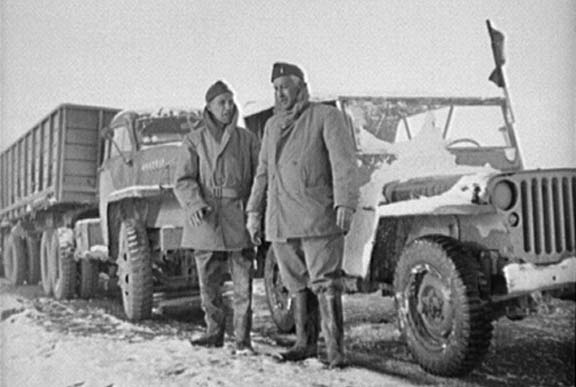

On August 25, 1941, both Allied powers invaded Iran (which Prime Minister Winston Churchill preferred to call "Persia," so there would be no confusion between "Iran" and "Iraq"), the Soviets from the north and the Brits from the south. In four days, the Allies effectively controlled Iran.



On September 16, the ruling shah abdicated, and his 23-year-old son, Muhammad, assumed power and pushed through the Iranian parliament the Treaty of Alliance, which allowed the Allies freedom to move supplies through the country and gave them whatever else they needed from Iran to win the war. The new shah also vowed "not to adopt in his relations with foreign countries an attitude which is inconsistent with the alliance."
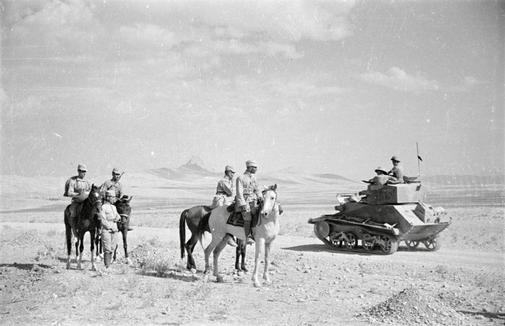
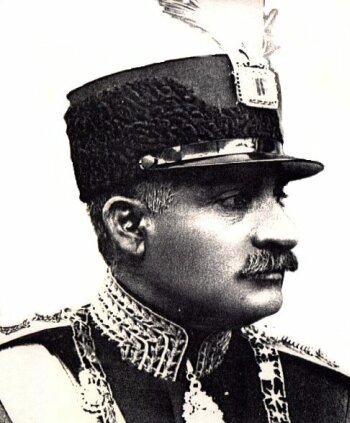

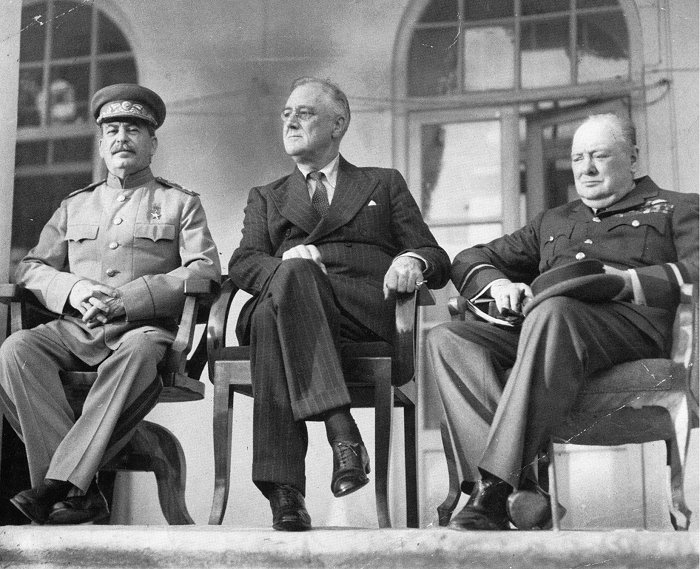

The alliance started off shakily: the Soviets bought up most of Iran's grain harvest, which caused a bread shortage and riots in the streets. Allied troops put the rebellion down, and the United States shipped in grain to compensate for the losses.



The Soviet Union then attempted to agitate for the overthrow of the shah by supporting the Tudeh (Farsi for "masses") party, which the Soviets believed would be more generous in oil concessions. Tudeh forces did manage temporarily to take over northern Iran in December 1944.
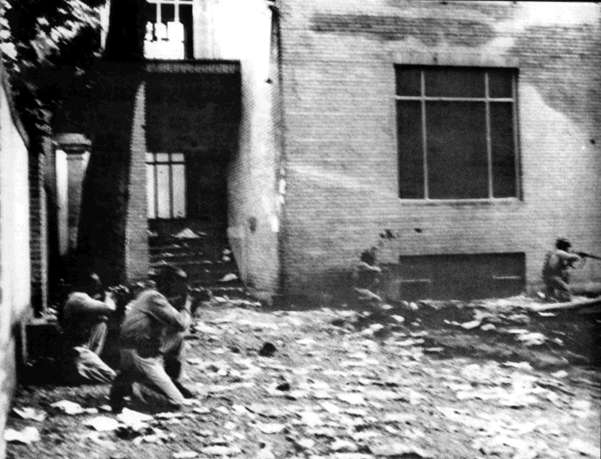

When the war ended, the Allies began leaving Iran as promised—except for the USSR. Complaints were made to the United Nations, and pressure was applied by the United States and Great Britain, as this was a violation of one of the terms of the Treaty of Alliance. The Soviets finally began pulling out of Iran in April 1946, but as they withdrew, they continued to foster more bloody rebellions between the shah's government and the Tudeh; the Tudeh were decisively defeated in December 1946 when the shah declared martial law.


Taken from: http://www.history.com/this-day-in-history/iran-signs-treaty-of-alliance-with-great-britain-and-ussr [29.01.2014]

No comments:
Post a Comment